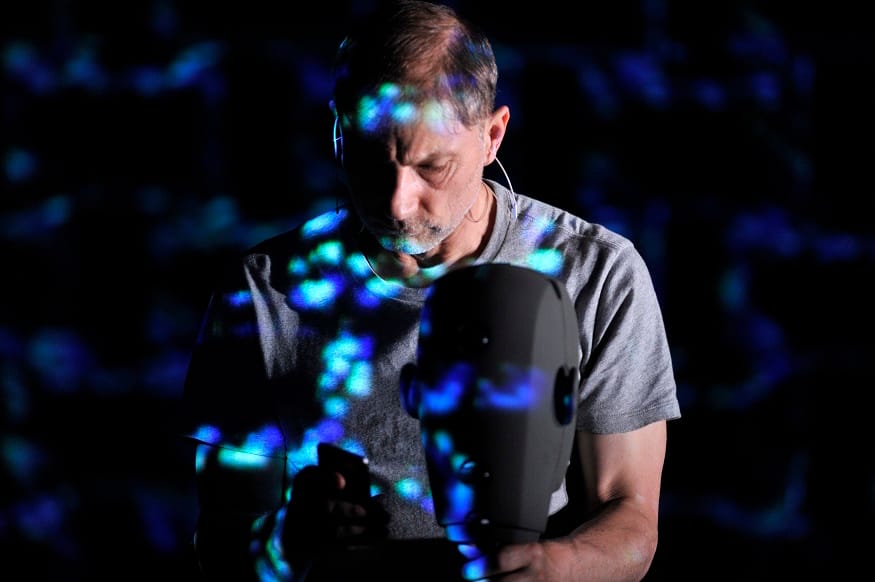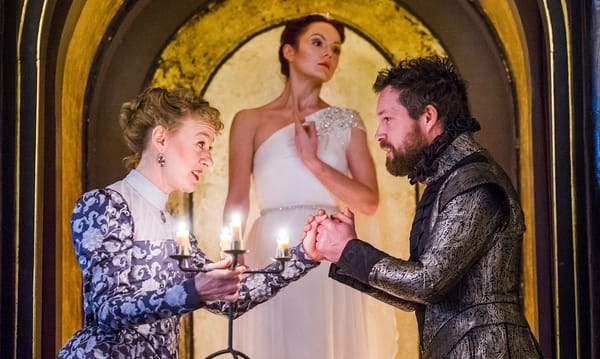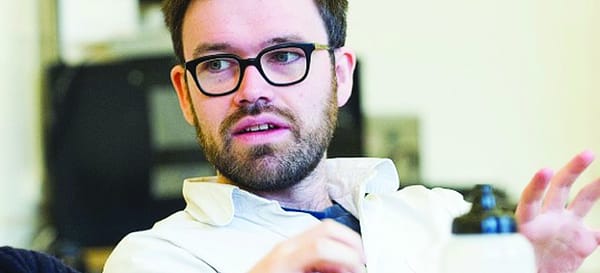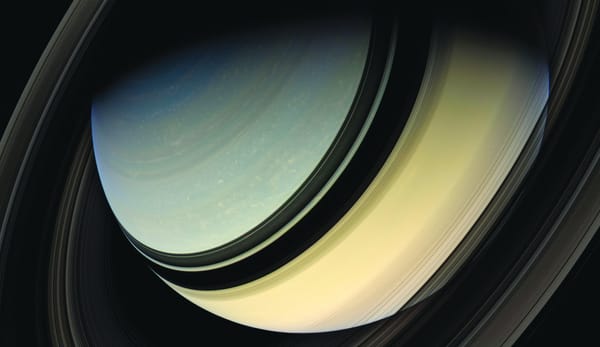An encounter you won't forget
Simon McBurney’s masterpiece is timeless in nature.

McBurney’s performance recounts the story of Loren McIntyre– an American photographer who travels into the Amazon rainforest to attempt to capture on film an elusive, indigenous people called the Mayoruna. It quickly becomes apparent however that this story did not happen in the past alone, but is also happening in the present. This is uniquely done through the engaging auditory experience.
The stage looks entirely unprepared; it is as if a rushed rehearsal is just ending, rather than a theatrical production beginning. Bottles of water are strewn here and there and an inconspicuous cardboard box lies abandoned beside a table. Perhaps the only thing which points to anything out of the ordinary is an Easter-Island-like head that sits alone atop a stand in the middle of the stage. It is perhaps unknowingly an omen of the lonely world inside our heads into which we are about to be plunged.
Simon McBurney looks rather laid back as he walks onstage alone, dressed in shirt, jeans and cap. He begins to speak in a disarmingly informal fashion as he demonstrates the capabilities of the various audio effects which will be used live in the performance. The play relies on a totally immersive sound experience due to its lack of other actors and scenery.This is made possible by - among other things - the strange head, which is revealed to be a binaural microphone – one which records sound in three dimensions. In this threadbare setting, he begins to weave the almost hallucinogenic fabric of a totally different world.
We were asked to switch off our mobile phones at the start of the performance - not unusual. But now it seems all the more appropriate as we find ourselves in an ‘auditory plane’ soaring above the ground. Suddenly, McBurney’s daughter’s voice interrupts him and he begins to have an exasperated and very real conversation with her, although her voice is actually a six-month old recording. And so, the entire mood and cleverness of his piece is set from the off: where does the boundary lie between the past, present and future?
A performance which involves the audience wearing headphones is at first slightly disconcerting. I am used to seeing, hearing and reading stories, but this was an entirely new experiment in storytelling: I was living the tale. McBurney evokes pictures of the Amazon rainforest using his own voice as an aural paintbrush, along with items on the stage and at times a classical soundtrack. The art he creates ranges from stomping out the hauntingly rhythmic beats of a tribe’s strange dance to sloshing a water bottle until it is a turbulent river. All this along with his convincing rendition of the deep American accent of Loren McIntyre, whose voice seems to evoke the presence of the photographer with us.
McBurney’s voice and the sounds of the Amazon are just “behind your frontal lobe” as he himself put it; both physically and - as we were soon discover - mentally. In the play McIntyre’s adventure in the rainforest transcends into a philosophical journey and this is portrayed very effectively. It is said that radio sparks the imagination and television kills it, and this was never more evident: soon, I myself began not only to hear the soundscape, but also to see what it represented within my own head – perhaps the best stage for the strange story that was to ensue.
The story becomes progressively less chronological. This non-linear view of time and space is also accepted in physics where time can have multiple dimensions, and yet it never seemed so tangible as when listening to the at times trippy performance. In the play we sometimes jump not only through McIntyre’s life, but through McBurney’s own past which in ways a mirror to the story, further creating a sense of discontinuous time and drawing into question the vague boundaries between people’s lives.
This is a performance of alternating senses of togetherness and isolation. The simple lighting provides a powerful mental stimulus – adding character to the sound yet not detracting from its impact, becoming at times rain, and at others fire. In the background, the anechoic wall upon which much of the lighting dances, is shaped such that it looks like a large optical illusion, appropriate to the psychedelic and almost uncomfortably deep experience than McBurney is planting while inside our heads.
Much of the piece’s brilliance stems from the fact McBurney knows that many of the ideas he wishes to share are not explainable in words.This phenomenon of communication through thought as opposed to language is a theme essential to the story, and is in a sense shared with the audience due to the way the story is told. Darkness pervades the piece, alluding to that empty void full of sound within our own heads.
Overall I would describe this production, not as a production but rather more accurately as a timeless piece of art about nature: as a brilliant performance which manages to capture the essence of an exotic location and people, but also about the nature of our own minds whether time really exists as we know it. Rest assured you are guaranteed a powerfully moving performance.










